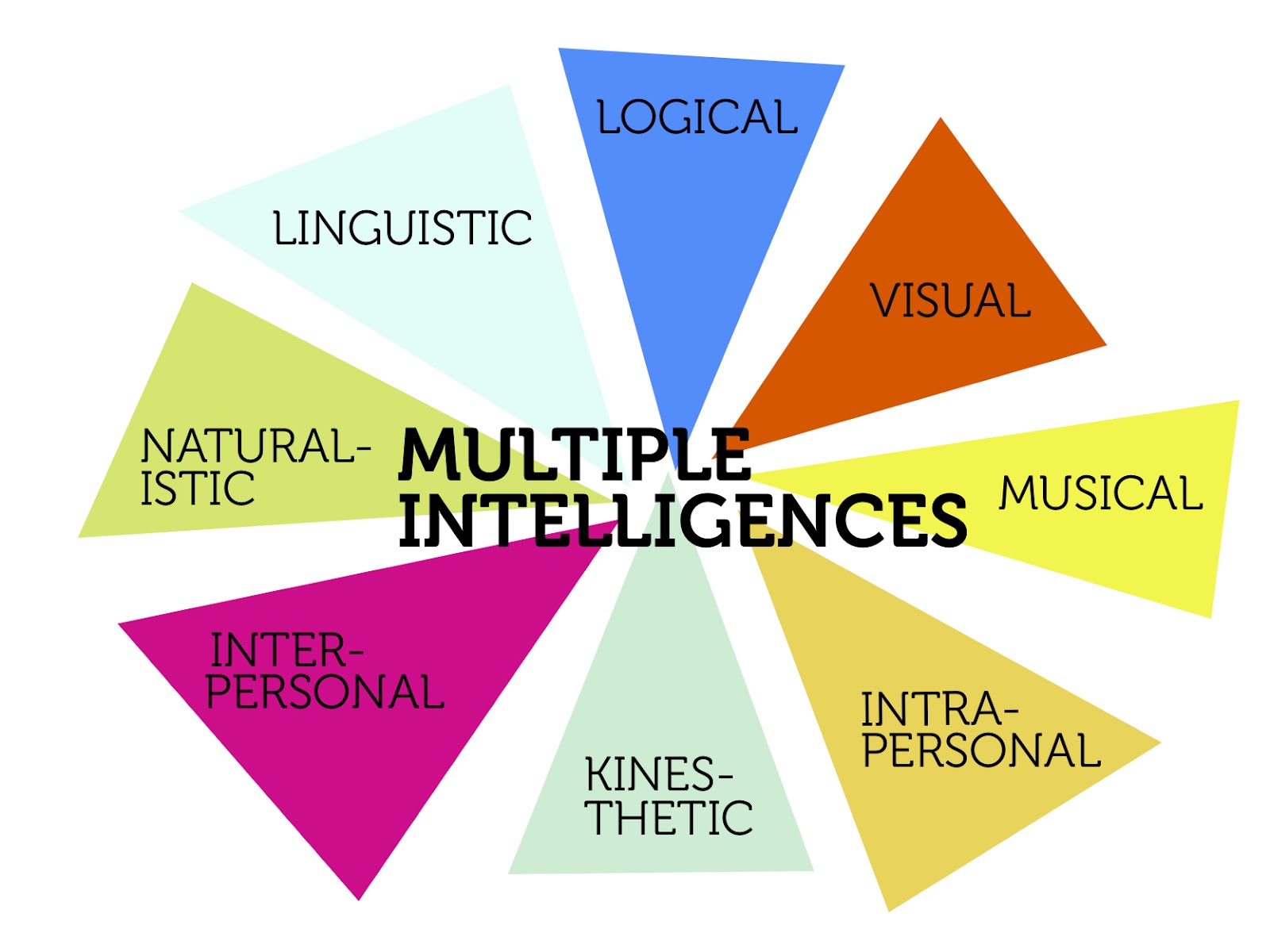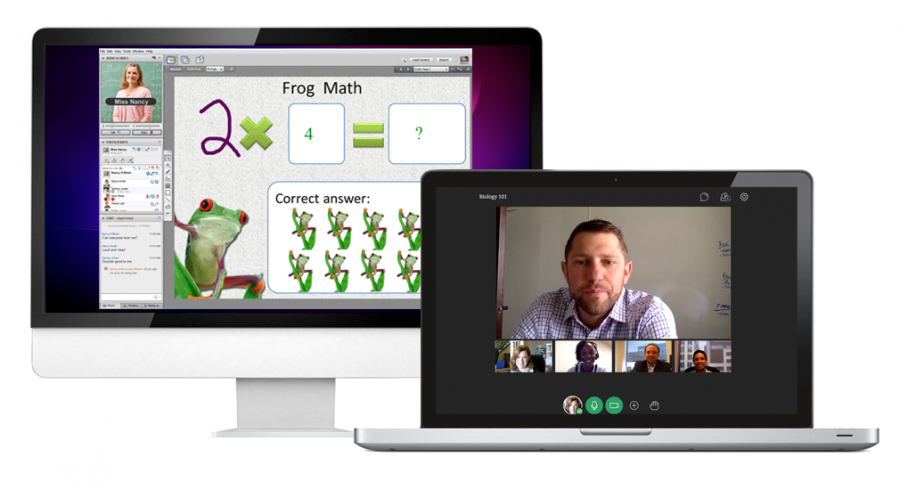“The mediocre teacher tells. The good teacher explains. The superior teacher demonstrates. The great teacher inspires.” ? William Arthur Ward
We’ve come a long way from Socrates’ maieutics to modern methods of teaching that incorporates anything from using the latest gadgets to putting on a dog and pony show for students. While the wide range of techniques teachers have to pick and choose from may be confounding, choose they must – and that’s especially true of, and maybe harder on, those who aspire to be hands-on, results-oriented tutors. With tutoring agencies like VarsityTutors promising the best student-tutor match, you might feel that a tutor’s likability is becoming an important factor in a student’s decision to enlist his or her help, even on a par with said tutor’s academic achievements and degrees.

While it’s not exactly a cut-throat industry, or a pageant show for that matter, the onus is indeed on you, the aspiring shaper of young minds, to shore up your credentials and frame yourself in the best possible light.
3 Steps to Becoming a (Better) Tutor
1. Home in on your Area of Expertise and Hone it
Tutors, like any other professionals, are recruited by agencies and then chosen or approved by prospective students according to their proven skill, which means that you should hold at the very least an undergraduate degree in the subject you decide to focus on. If you’re looking for a competitive advantage, assuming your outlook on the profession is of this nature and it should be, be proactive about building a name for yourself in the academic community: write articles, sign on as a speaker at relevant events, etc.
2. Prepare your Course in Advance, with the Syllabus (or exam requirements) in mind
“By failing to prepare, you are preparing to fail,” Benjamin Franklin once said. This holds true in any profession, and tutoring is no different, insofar as your student’s progress will often be a reflection and a direct result of how solid an understanding you have of the subject matter, how well you concoct your lesson plans in step with the syllabus, how geared they are to the needs and particularities of your student etc. Remember that, with in-home tutoring, parents might be looking over your shoulder and a lack of adequate planning will surely not gain you any points. Also keep in mind that factoring in breaks and penciling in as many engaging interactive activities as possible are two tricks of the utmost importance in this line of work.
3. Pick up on your Student’s particular Type of Intelligences
Tutoring, particularly the kind that engages students on a one-to-one basis, taps into Howard Gardner’s Multiple Intelligences theory, be it on purpose or intuitively, as a way of reaching the student, maximizing his focus and, consequently, his results. Acknowledge a student’s uniqueness by figuring out which trait best defines them and molding your technique accordingly:
- Verbal or linguistic intelligence
- Logical or mathematical intelligence
- Visual or spatial intelligence
- Musical or rhythmic intelligence
- Bodily or kinesthetic intelligence
- Naturalist intelligence
- Interpersonal intelligence
- Intrapersonal intelligence
If all these fundamentals to tutoring fall out of your comfort zone, tutoring probably isn’t for you – admittedly, the rewards of knowing you’ve helped a child realize his / her potential and reach his / her goals are worth the effort. But, at the end of the day, reaping the rewards only comes after putting in the work, just like it does for your student.











